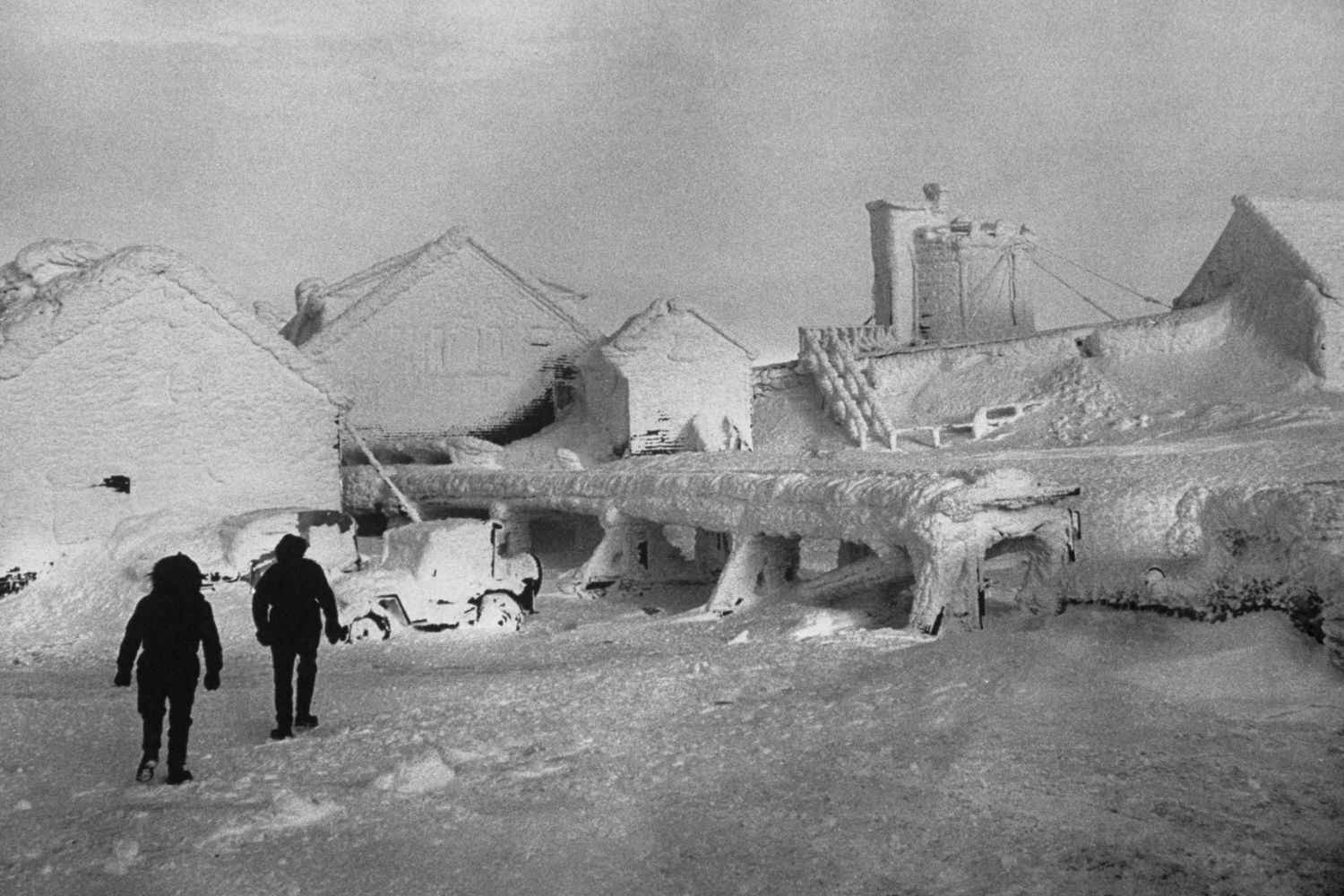Unveiling Mount Washington’s 5 Weather Mysteries

Mount Washington, known for its unpredictable weather, holds many secrets. This peak in New Hampshire is famous for having some of the wildest conditions on Earth. Imagine a place where temperatures can drop drastically, winds reach hurricane speeds, and snow can fall even in summer. These extreme conditions make it a fascinating spot for weather enthusiasts and curious travelers alike. But what causes such dramatic shifts? Understanding the mysteries behind Mount Washington's weather can help visitors prepare for their adventure. Whether you're planning a hike or just want to learn more about this unique location, uncovering these weather mysteries will surely spark your interest.
Mount Washington's Weather Wonders
Mount Washington, nestled in New Hampshire, is famous for its unpredictable weather. Known as the "Home of the World's Worst Weather," this peak offers a fascinating glimpse into nature's power. Let's uncover some of its most intriguing weather mysteries.
1. The Fierce Winds
Mount Washington holds the record for the highest wind speed ever recorded on land. The winds here can reach hurricane force, making it a thrilling yet challenging place for adventurers. But what causes these intense gusts?
- Geographical Location: The mountain's position at the convergence of several storm tracks contributes to its fierce winds.
- Elevation: At 6,288 feet, the summit is exposed to the jet stream, amplifying wind speeds.
- Topography: The unique shape of the mountain funnels winds, increasing their velocity.
2. The Icy Temperatures
Even in summer, temperatures on Mount Washington can plummet below freezing. This extreme cold is a result of several factors.
- Elevation: Higher altitudes mean colder temperatures, and Mount Washington is no exception.
- Wind Chill: The strong winds make the air feel even colder, creating dangerous conditions.
- Weather Patterns: Frequent storms bring cold air masses, keeping temperatures low year-round.
3. The Dense Fog
Fog is a common sight on Mount Washington, often reducing visibility to mere feet. This phenomenon is both beautiful and eerie.
- Moisture: The mountain's location in a humid region leads to frequent fog formation.
- Temperature Inversions: Warm air trapped above cooler air creates fog, especially in valleys.
- Rapid Weather Changes: Quick shifts in weather can cause fog to appear suddenly.
4. The Heavy Snowfall
Snowfall on Mount Washington is legendary, with some areas receiving over 200 inches annually. This snow creates a winter wonderland but also poses challenges.
- Nor'easters: These powerful storms bring heavy snow to the region, often dumping feet at a time.
- Lake-Effect Snow: Moisture from nearby lakes contributes to additional snowfall.
- Elevation: Higher altitudes receive more snow due to colder temperatures.
5. The Lightning Strikes
Lightning is a frequent visitor to Mount Washington, adding to its dramatic weather. The mountain's height and location make it a prime target.
- Thunderstorms: Frequent storms bring lightning, often striking the summit.
- Metal Structures: The presence of metal structures, like observation towers, attracts lightning.
- Weather Patterns: The mountain's position in storm tracks increases the likelihood of lightning events.
Mysteries of Mount Washington Weather
Mount Washington's weather is a fascinating puzzle. Its extreme conditions make it a unique spot for weather enthusiasts. The mountain's location and elevation contribute to its unpredictable weather patterns. Winds can reach hurricane speeds, and temperatures can drop drastically, even in summer. This makes it a challenging yet thrilling destination for hikers and adventurers.
The mountain's microclimates add another layer of intrigue. Different areas can experience vastly different weather at the same time. This diversity is a result of the mountain's varied terrain and elevation changes. Understanding these patterns helps scientists study climate change and weather forecasting.
For those visiting, preparation is key. Weather can change rapidly, so always check forecasts and pack accordingly. Mount Washington offers a unique opportunity to witness some of the planet's most extreme weather phenomena. It's a reminder of nature's power and beauty, making every visit an unforgettable experience.

